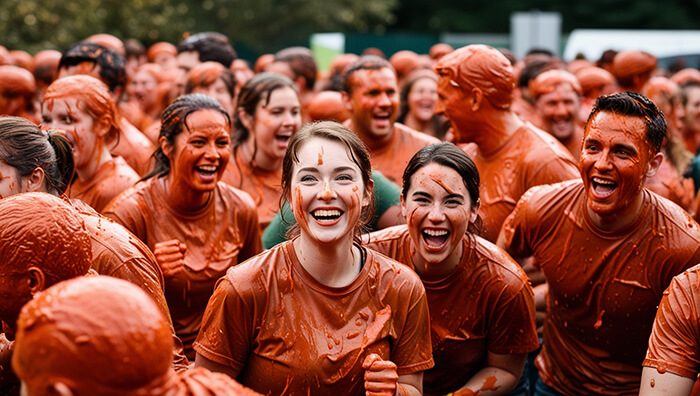Best Practices for Breathing
Here is Best Practices for Breathing, Breathing is a fundamental aspect of human life, essential for supplying oxygen to our cells and removing carbon dioxide. Proper breathing techniques can improve overall health and well-being.
Normal Breathing Pattern
Normal breathing involves rhythmic inhalation and exhalation through the nose. The diaphragm, a large muscle located beneath the lungs, plays a crucial role in diaphragmatic breathing, expanding and contracting to draw air in and expel it.
Jawline and Breathing
A relaxed jawline is essential for optimal breathing. Tension in the jaw muscles can restrict airflow and hinder proper diaphragmatic movement. Practicing jaw relaxation techniques, such as gently clenching and unclenching the jaw, can promote better breathing habits.
Mouth Breathing vs. Nasal Breathing
Nasal breathing is generally considered more beneficial than mouth breathing. Nasal passages filter air, removing impurities and humidifying it before it reaches the lungs. Breathing via nasal also stimulates the production of nitric oxide, a molecule that helps relax blood vessels and improve circulation.
Opening Nasal Passages
Several techniques can help open nasal passages for better nasal breathing:
- Nasal decongestants: These medications can reduce swelling in the nasal passages, easing congestion and improving airflow.
- Nasal irrigation: Rinsing the nasal passages with a saline solution can remove irritants and mucus, promoting clearer breathing.
- Humidification: Dry air can dry out nasal passages, making breathing difficult. Using a humidifier can add moisture to the air, easing congestion and improving nasal breathing.
Oxygen and Carbon Dioxide
Oxygen is crucial for cellular respiration, the process by which cells convert nutrients into energy. Carbon dioxide is a waste product of cellular respiration and needs to be eliminated through exhalation.
Pausing Breathing
Briefly holding one’s breath while working or thinking is generally harmless. However, prolonged breath-holding can lead to oxygen deprivation and lightheadedness. It’s essential to resume normal breathing patterns promptly.
Here are some additional tips for improving breathing habits:
- Practice conscious breathing: Focus on your breath throughout the day, taking slow, deep breaths through your nose.
- Engage in regular exercise: Exercise promotes deeper breathing and improves overall lung function.
- Maintain a healthy lifestyle: A healthy diet, adequate sleep, and stress management techniques can contribute to better breathing habits.
Remember, if you have concerns about your breathing or experience persistent breathing difficulties, consult with a healthcare professional for proper evaluation and guidance.
Conclusion
breathing is not just a physiological process; it’s a gateway to a healthier, more fulfilling life. Embrace best practices for breathing, breathe easy, and experience the transformative power of conscious respiration.
Related Links:
























This resource is fabulous. The wonderful data exhibits the essayist’s earnestness. I’m stunned and expect more such astonishing substance.
[…] Best Practices for Breathing […]
Your blog is a true hidden gem on the internet. Your thoughtful analysis and engaging writing style set you apart from the crowd. Keep up the excellent work!